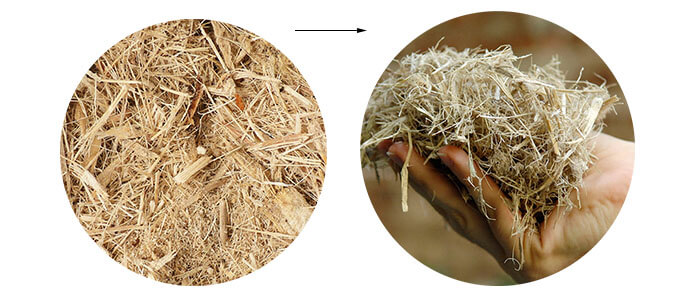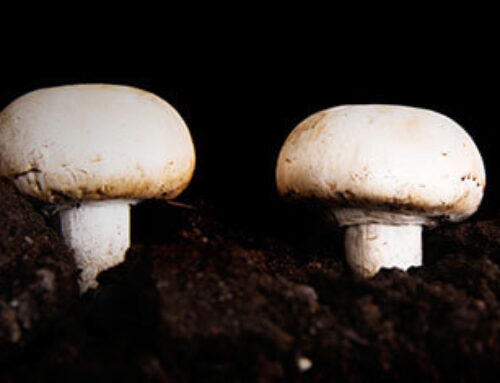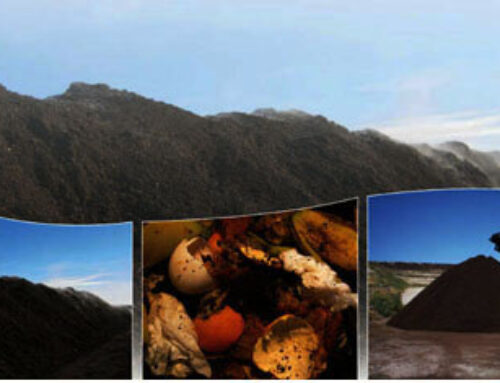Development of Worldwide Sugar/Sugarcane Industry
In the global sugar industry, total sugar production in 2017-2018 is 180 million metric tons. Sugar is mostly extracted from sugarcane (80 %) and sugar-beet (20%), which means about 144 million metric tons of sugar had to be processed by sugarcane in 2017-2018. Throughout the worldwide sugar industry, sugar production is increasing with the development of countries.
The development of the sugar industry certainly boosts the production of sugarcane. In 2015, the worldwide sugarcane production has reached about 1,900 million metric tons. The top 10 largest sugarcane-producing countries in the world are Brazil, India, China, Thailand, Pakistan, Mexico, Colombia, Indonesia, the Philippines and the United States. Brazil was the largest sugarcane producer, which produced 739 million metric tons. India was the second-largest producer with 341 million metric tons, and the third-largest producer, China produced 125 million metric tons. According to surveys, Indonesia’s sugar factories process 1,000-12,000 tons of sugarcane per day, and also produce 8 million tons of sugarcane bagasse and 11.5 million tons of sugarcane leaves. Handling and after-treatment of these sugarcane waste by-products have become a huge task for worldwide sugar factories.
What is Sugarcane Industry Waste?
A sugar factory produces not only sugar but huge amounts of sugarcane waste by-products every year. From the harvest to the final processing, there are 4 main sugarcane waste by-products produced which are: sugarcane bagasse, dry leaves, sugarcane press mud, and sugarcane molasses.
● Sugarcane bagasse & leaves
Bagasse, also called megass, is the sugarcane fiber waste remaining after the extraction of the sugar-bearing juice from the sugarcane stalk. For every 10 tons of sugarcane crushed, a sugar factory produces nearly 3 tons of sugarcane fiber waste and leaves. If these sugarcane fiber waste and leaves are thrown away, it will cause environmental pollution. Many types of research showed that sugarcane fiber waste and leaves are rich in nutrients such as nitrogen(N), phosphorus(P), potassium(K), calcium(Ca), etc. Now in many countries, sugarcane bagasse and leaves have become a source of basic materials for composting.
● Press mud
Press mud is also known as sugar press mud (SPM), sugarcane filter cake mud, sugarcane filter cake, or sugarcane filter mud. It is the residue of the filtration of sugarcane juice. Generally, a factory produces 10 tons of sugar, and also produces 1 ton of sugar press mud. In 2011, the world output of fresh sugarcane press mud had reached 30 million tons. Large amounts of press mud are released by the sugarcane industry ultimately polluting the environment. A large number of research experiments and documents have been surveyed and analyzed the effect of sugarcane press mud on crop productivity and soil properties. Sugarcane press mud can be very well used for composting and the production of organic fertilizer.
● Sugarcane molasses
Sugarcane waste molasses is the final high concentration of liquor leftover after the crystallization of sugar. It is sent out of the factory as a waste product. Because of its large amount, high acidity, and complex composition, it will cause serious water pollution if discharged directly without treatment. It is a kind of non-toxic, biodegradable organic waste liquid, which contains many organic matters and other trace elements. With a high value for utilization, it has become one high-quality raw material for fertilizer composting.
Why can Sugar Mill Waste be Recycled into Compost?
The utilization of sugarcane waste by-products for composting has become more and more universal in the world. That helps the sugar industry reduce the storage problem of sugarcane industry waste. Why the sugarcane waste by-products can be widely used for composting? Here are some reasons are listed:
●Lots of sugarcane waste by-products are handled through composting, which greatly lightens the processing burden of sugar factories. Composting technology significantly reduces environmental pollution and achieves resource utilization.
●A huge possibility of sugarcane industry waste can be used in agriculture to cut down the fertilizer requirement and save the cost of chemical fertilizers. It can also be used in combination with inorganic chemical fertilizers and can be packed and marketed along with commercial fertilizer for a particular cropping system.
●Sugarcane waste molasses contains many chemical elements: N, P, K, Fe, Zn, Mn, and Cu, which can improve soil structure, increase soil organic matter, promote soil permeability and enhance crop quality and yield.
Components in sugarcane molasses waste liquid:
| Components | Organic ingredient | Nitrogen | H2O |
| Content | 6%-8% | 0.3%-0.5% | 88.1%-95.2% |
| N | C | Ca | Cl | Mg | K2O | Fe | Zn |
| 3.32-7.20
g/kg |
23.3-58.8
g/kg |
1.11-5.70
g/kg |
3.75-8.25
g/kg |
0.22-10.30
g/kg |
7.02-12.90
g/kg |
78-196.3 mg/kg | 5.93-14.45
mg/kg |

Talking about composting technology, so many methods are widely adopted, such as windrow composting, in-vessel composting and other indoor composting methods, etc. In this part, we will introduce how the composting of sugarcane waste by-products works.
◇ Handling of Sugarcane Waste By-products
Windrow composting is suited to producing large volumes of compost. It is usually applied to industrial-scale composting of sugarcane waste by-products. All the sugarcane bagasse and leaves, press mud, and sugarcane waste molasses can be used as the raw materials for composting. However, this sugarcane industry waste has to be processed before windrow composting.
Sugarcane bagasse and leaves have to be shredded into small particles so that more microorganisms work effectively on sugarcane waste and degradation will be faster. Without shredding the composting process will take a long time. Then the shredded sugarcane waste by-products have to be pooled together and transported to the compost yard.
◇ Composting Preparation
Sugarcane waste by-products are transported to the compost yard, next step is mixing with animal waste and stalks. Animal waste and stalks are indispensable components of composting and have the function of reducing the C:N ratio of composting. Generally, for 1 ton of sugarcane waste by-products, 500 kg of fresh animal waste and stalks are added. After mixing, the sugarcane waste by-products will be composted in long rows at the compost yard.
◇ Composting Process
As everyone knows, it is necessary for composting to maintain good ventilated condition, which can help composting get appropriate temperature and humidity. Especially in the sugarcane industry waste, large volumes of composting, compost turner plays an important role in the process of windrow composting. During fermentation of windrow composting, users should turn sugarcane industry waste by using a compost turner timely, which can accelerate the composting process.
Compost turner provided by us is very suitable for composting sugarcane industry waste and other industrial wastes etc. We can offer many types for customers, such as Self-propelled Windrow Turner, Full Hydraulic Crawler Compost Turner, etc. With the help of a compost turner, the composting process of sugarcane industry waste will get faster. If you want to know more information about composting technology, please follow our website updates at all times.






